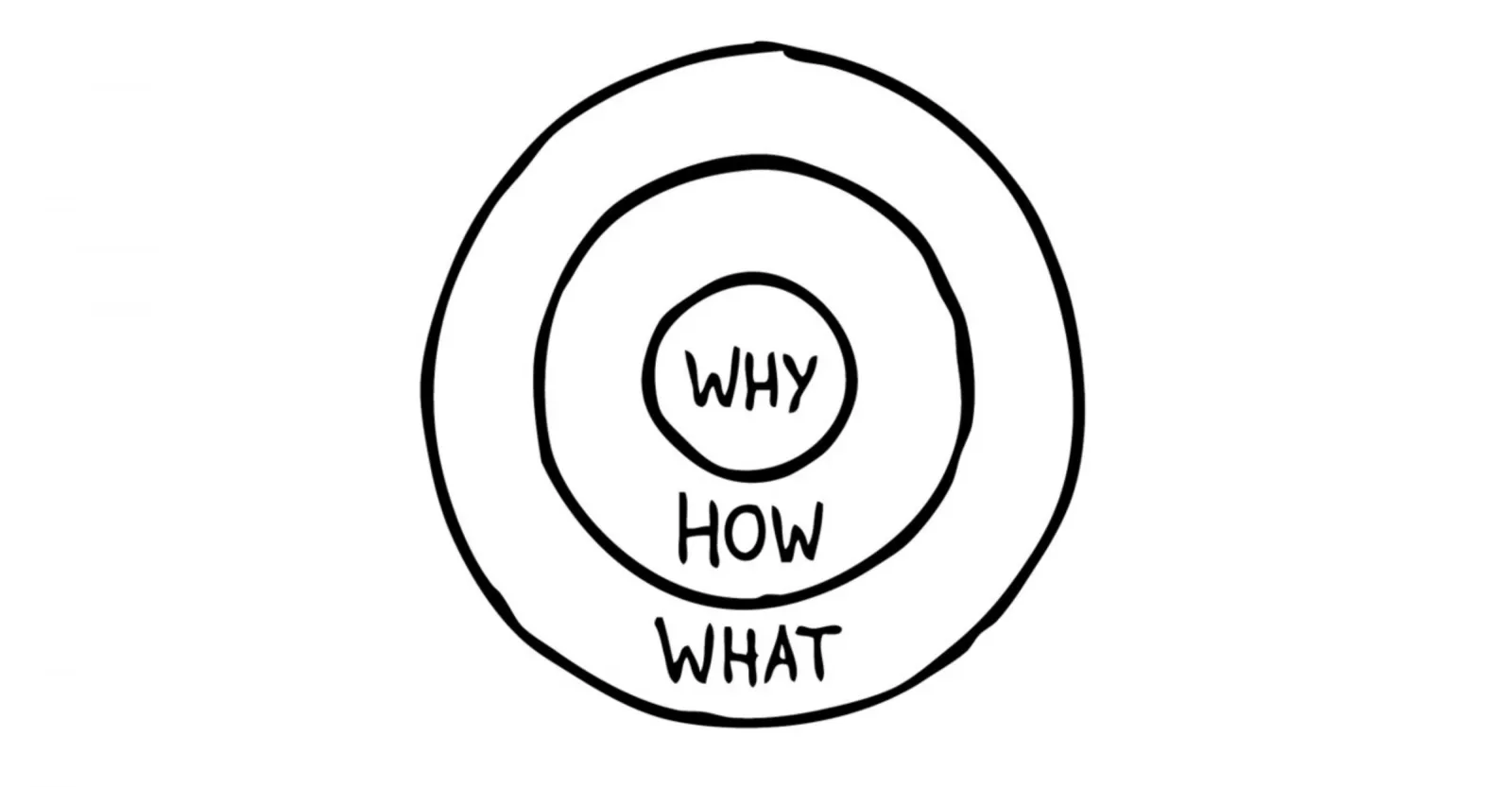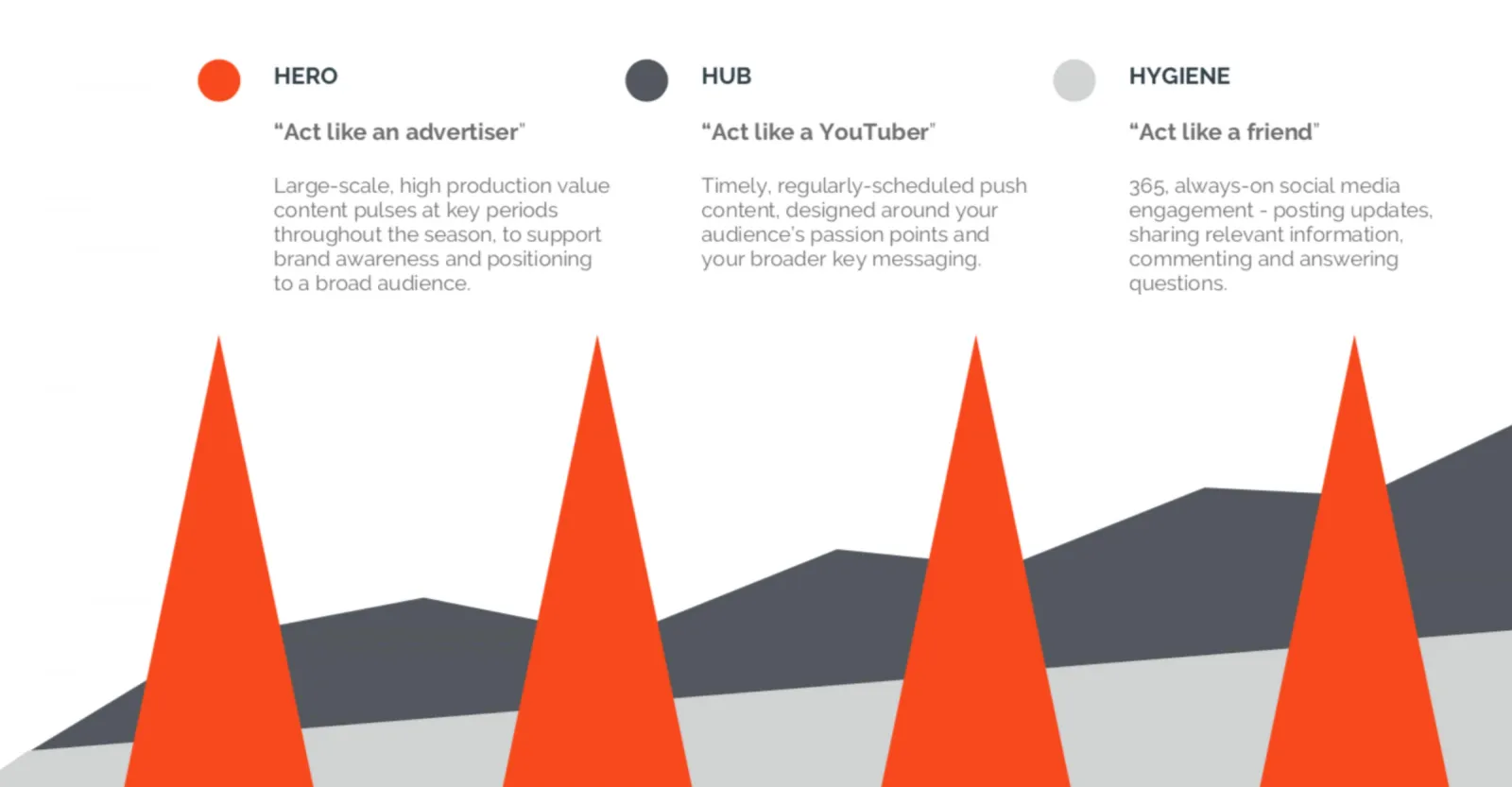What’s your story? Storytelling as an influence tool
We don’t do “advertising”. Rather, we help brands tell their best stories, in ways that create measurable impact. Throughout the years that we’ve been doing this, we’ve unearthed a number of tools and methodologies that we think work quite well. So with that in mind, we popped the hood open and let you in to take a peek at how to use storytelling as an influence tool.
Why Tell Stories?
Storytelling is one of the oldest forms of passing information from one person to another. Humanity has used storytelling as a tool to influence people and create impact for thousands of years. Within the modern definition of storytelling, that influence and impact can be any number of things which are valuable to an organization. In a world that is becoming increasingly data-driven, it is important to consider the value that good-old-fashioned storytelling can provide for a business. Put simply, you can’t quantify the enthralling feeling a strong narrative can provide.
The Storytelling Framework
We believe the best formula for the most effective storytelling framework involves delivering the right story, to the right person, at the right time, and through the right channel. Fine-tuning each input of this formula allows a brand to deliver their value proposition in an authentic way that resonates with the customer.
#1 Know Your Audience
When dictating who your audience is, it’s important to remember that at the end of the day, they are real people. It’s easy to get caught up in segmenting and demographics and lose sight of the fact that they are real people. That said, find the true insights about your audience to ensure your story will resonate with them on a fundamental level. That it outlines a deep human need or truth that resolves the tension found within oneself.
#2 Understand the Customer’s Journey - Time where is the person in their journey
The consumer journey applies to both a prospect, someone who has never ever heard of your brand or to an existing customer that is lapsed or needs to be introduced to a new product offering. There are five distinct phases of the consumer journey. As the consumer moves through each of the phases they become more familiar with your brand and products thus giving you more permission to engage with them along the way. Think of it like dating. If the first date goes well then the door is open to having a second and third date.
Each phase of the consumer journey builds on the previous and must have its own individual goal that you need to keep in mind when thinking about your content strategy. The goals for each stage are outlined below.
- Awareness
- Inform consumers that your brand or product exists
- Interest
- Create customer desire to learn more about the brand
- Engagement
- Get the consumer to start proactively interacting with the brand
- Action
- Entice trial
- Loyalty
- Get consumers to share their experiences with others and repeat trial
Understanding the process a customer goes through, from the first moment they become aware of your brand to when they become loyal to that brand, is fundamental to the success of a storytelling focused strategy.
#3 Craft Your Message
The golden circle concept was introduced in 2009 by Simon Sinek, a leadership guru, and professor at Columbia University. He discovered patterns about how great leaders and organizations think and through this work he discovered the golden circle concept. He set out to discover why companies, such as Apple, have so much success while others with the same resources aren’t as successful. He learned that “people don’t buy what you do. They buy why you do it.” The golden circle is a method that allows companies to hone in on their WHY. You first begin by looking at the WHAT ring.
- The WHAT represents the products or services a company sells
- The HOW is an explanation of what a company does and this is where you can outline why your products or services are better than your competition.
- The WHY is about what a company believes in. It’s not about your profit. It’s the reason you get up every morning
Your communication plan should start with the WHY then proceed with the HOW, by informing consumers how you differentiate from your competitors and end with the WHAT it is you are selling.
#4 Choose Your Channel
People have different media consumption habits and they also prefer to engage with different types of content using specific storytelling channels. It is important to have a good understanding of who you have created the content for and how and where they like to consume that type of content. Make sure you are customizing the format of your story to match the context of the channel.
The Hero, Hub, Hygiene model is a great way to organize your content needs.
- Hero content is large-scale, tentpole events or ‘go-big’ moments that are designed to raise broad awareness. Hero content is meant to capture the attention of a large group of people and help to drive brand awareness. Think about topics that would appeal to a larger audience and bring them into your brand. You only need to generate a few pieces of Hero content and key moments of your business or product cycle.
- Hub content is directed at your prime prospect and is meant to engage your target audience in a conversation and augment your brand message. We like to think of Hub content as “push” content. Content that you will put directly in front of your primary target audience. Hub content is more frequent than Hero content and is specific to your key messages and audience’s passions.
- Hygiene content is content that will answer the questions and needs or your core consumers. Consider Hygiene content as “pull” content or content that is sought after by your core consumer. You should always have hygiene content available and make sure you are putting it in the places that are easily accessible to your customers.





